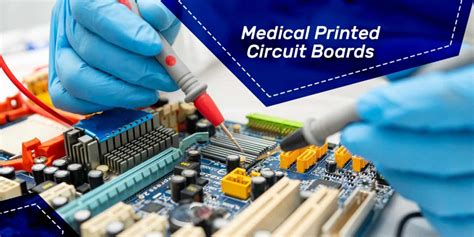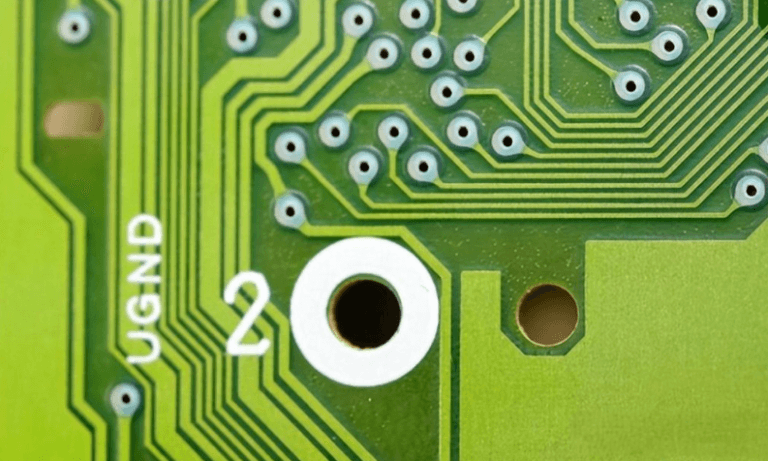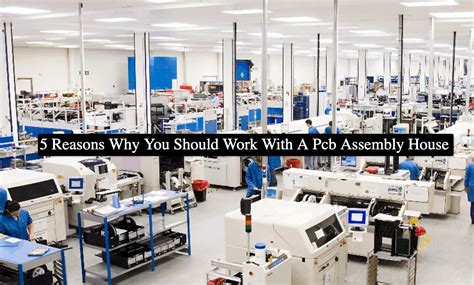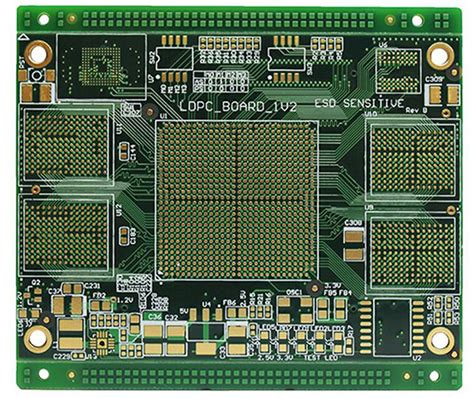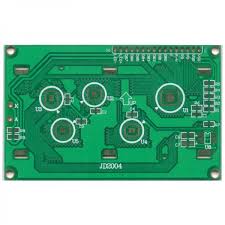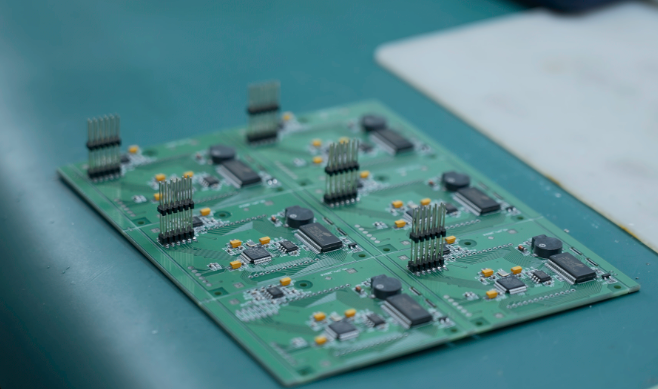Smart Automation Solutions for Small Batch Assembly
Key Takeaways
Modern small batch assembly processes benefit significantly from adaptive technologies that balance flexibility with precision. Flexible robotics enable rapid reconfiguration for diverse product lines, particularly in specialized sectors like PCB assembly (PCBA), where component variations demand high adaptability. Modular automation systems further enhance this agility, allowing manufacturers to scale operations without overhauling entire production lines.
"In low-volume manufacturing, the ability to pivot quickly between product designs is as critical as maintaining consistent quality."
Integrating AI-driven analytics optimizes material usage and reduces waste, crucial for cost-sensitive PCBA workflows. Scalability remains a cornerstone, with smart technologies providing real-time adjustments to meet fluctuating demand. For instance, vision-guided robots in PCB assembly ensure micron-level accuracy, minimizing defects even in complex, low-volume orders.
Transitioning to these systems requires strategic investment in interoperable tools that communicate across platforms. Emphasizing precision engineering in compact setups not only boosts throughput but also future-proofs operations against evolving market needs. By prioritizing data-informed decision-making, manufacturers can maintain competitive margins while delivering tailored solutions for niche applications.

Flexible Robotics for Small Batch Assembly
Modern manufacturing increasingly demands systems capable of adapting to small batch assembly without compromising speed or accuracy. Flexible robotics address this challenge by combining modular grippers, vision-guided systems, and programmable logic to handle diverse tasks across low-volume production runs. For industries like PCB assembly (PCBA), where component variations and rapid design iterations are common, these robots excel at tasks ranging from precision soldering to intricate part placement. Unlike traditional fixed automation, their reconfigurable workflows allow manufacturers to switch between product lines in minutes, minimizing downtime.
Advanced collaborative robots (cobots) further enhance flexibility by working alongside human operators, particularly in small batch PCB assembly environments requiring frequent adjustments. Integrated sensors enable real-time quality checks, ensuring consistent output even with fluctuating batch sizes. For example, a cobot equipped with adaptive force control can delicately handle fragile components during PCBA processes, reducing error rates by up to 30% compared to manual methods.
The integration of machine learning algorithms also empowers these systems to optimize toolpaths dynamically, cutting cycle times while maintaining tight tolerances. This capability is critical for high-mix, low-volume sectors, where scalability and cost-efficiency hinge on minimizing retooling expenses. By leveraging flexible robotics, manufacturers achieve a balance between the agility of manual operations and the repeatability of mass-production automation—a vital advantage in today’s fast-evolving industrial landscape.
Modular Automation in Low-Volume Production
In industries where PCB assembly and PCBA dominate low-volume manufacturing, modular automation systems are redefining flexibility. Unlike rigid, large-scale setups, these configurable systems allow manufacturers to adapt workflows swiftly for varying product designs or batch sizes. By integrating reconfigurable robotic arms, smart sensor arrays, and interchangeable tooling modules, production lines can transition between tasks—from soldering delicate components to testing finished boards—without costly downtime.
A key advantage lies in scalable hardware architecture. For example, a PCBA line might combine standalone stations for solder paste application and optical inspection, each operating as independent units. When demand shifts, adding or removing modules ensures optimal resource allocation. This approach minimizes capital expenditure while maintaining precision engineering standards critical for aerospace or medical device applications.
Transitioning to modular systems also future-proofs operations. Standardized interfaces enable seamless integration of AI-driven analytics tools, aligning with broader smart factory trends. As manufacturers balance the need for cost-effective automation with the complexities of small batch assembly, modular solutions offer a strategic middle ground—delivering agility without compromising on quality or throughput.
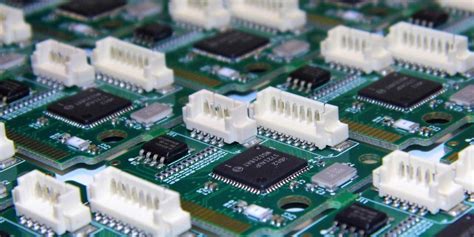
Boosting Efficiency with Smart Assembly Tech
Modern small batch assembly workflows are increasingly leveraging smart automation technologies to overcome traditional inefficiencies. For industries like PCB assembly and PCBA manufacturing, where precision and adaptability are critical, intelligent systems integrate real-time data analytics with adaptive control algorithms to optimize production cycles. Advanced robotic arms equipped with machine vision can dynamically adjust to component variations, reducing setup times by up to 40% in low-volume production environments.
In PCBA processes, modular systems enable rapid reconfiguration for different board designs, ensuring seamless transitions between product batches without compromising accuracy. Embedded sensors in smart assembly tech monitor parameters like solder quality and component alignment, flagging deviations before defects occur. This proactive approach minimizes rework and material waste, directly lowering operational costs.
Moreover, AI-driven predictive maintenance tools analyze equipment performance trends, scheduling interventions during non-productive intervals to avoid downtime. By harmonizing flexible robotics with cloud-based coordination platforms, manufacturers achieve end-to-end traceability and faster decision-making. These innovations not only elevate throughput but also future-proof operations against fluctuating demand, making PCB assembly lines more resilient in competitive markets.
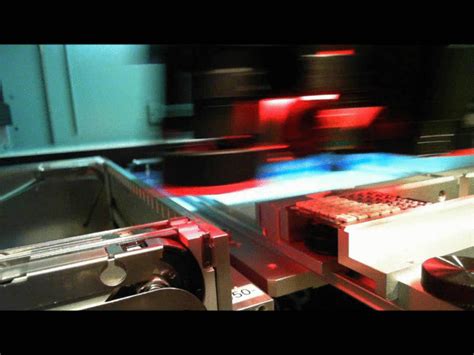
Cost-Effective Automation for Small Batches
Adopting automation for small batch assembly requires balancing upfront investments with long-term savings. For industries like PCB assembly (PCBA), where production volumes fluctuate, modular systems enable manufacturers to scale operations without overcommitting resources. Flexible robotics paired with adaptive tooling can handle diverse tasks—from placing surface-mount components to quality inspections—while minimizing downtime between batches.
A key advantage lies in reducing per-unit costs through smart automation. For example, programmable feeders and vision-guided robots streamline material handling in PCBA workflows, cutting manual intervention by up to 60%. Below is a comparison of traditional vs. automated approaches:
| Metric | Traditional Methods | Automated Solutions |
|---|---|---|
| Setup Time | 4–6 hours | 1–2 hours |
| Error Rate | 3–5% | <0.5% |
| Batch Changeover | Manual recalibration | Software-driven |
By implementing cloud-based monitoring, manufacturers gain real-time insights into equipment utilization, further optimizing cost-efficiency. This approach ensures that even low-volume PCB assembly lines maintain competitiveness through precision and repeatability, while modular designs future-proof operations against shifting demand.
Precision Engineering in Compact Assembly Lines
Achieving micrometer-level accuracy in small batch assembly requires a harmonious blend of advanced hardware and intelligent software. Modern PCB assembly workflows, particularly in PCBA manufacturing, demand precision-engineered systems capable of handling delicate components like microchips and surface-mount devices. High-speed robotic arms equipped with force-torque sensors now execute tasks with ±5μm repeatability, minimizing human-induced variability. These systems integrate real-time feedback loops to adjust parameters dynamically, ensuring consistent quality even in low-volume runs.
For compact assembly lines, space optimization is critical. Modular automation cells with swappable tooling adapt to diverse product geometries, enabling rapid reconfiguration between batches. Vision-guided alignment systems, paired with AI-driven defect detection, reduce rework rates by up to 40% in PCBA processes. Engineers also leverage digital twin simulations to pre-validate assembly sequences, slashing setup times by 30%. Such innovations ensure that precision remains uncompromised, whether assembling 10 units or 1,000, while maintaining cost-efficiency through reduced material waste and energy consumption.
Scalable Solutions for Variable Production Demands
Modern manufacturing increasingly requires systems that adapt seamlessly to fluctuating order volumes without compromising quality. For industries like PCB assembly and PCBA, where batch sizes can shift rapidly, scalable automation platforms offer the agility to scale operations up or down with minimal reconfiguration. Modular robotic arms paired with reconfigurable tooling enable manufacturers to switch between product variants in minutes, while smart conveyor systems dynamically adjust throughput based on real-time demand signals. This flexibility is particularly critical in low-volume PCBA environments, where traditional fixed automation often becomes cost-prohibitive.
Advanced systems integrate predictive analytics to forecast production needs, allowing operators to pre-program workflows for upcoming orders. For example, a PCB assembly line might automatically recalibrate solder paste dispensers or component placement accuracy when transitioning from 100-unit prototypes to 1,000-unit pilot runs. Cloud-connected controllers further enhance scalability by enabling remote updates to machine logic, ensuring compatibility with evolving design specifications. By prioritizing interchangeable hardware and software-defined processes, manufacturers reduce dependency on custom fixtures, cutting lead times by up to 40% in mixed-batch scenarios.
These solutions not only address immediate variability but also future-proof operations against market uncertainties, making them indispensable for industries balancing innovation cycles with cost-efficiency.
Integrating AI for Smarter Small Batch Systems
The adoption of artificial intelligence (AI) is revolutionizing small batch assembly by enabling systems to adapt dynamically to production variables. In PCB assembly (PCBA) workflows, AI-driven analytics optimize component placement and soldering parameters in real time, minimizing defects while maintaining agile responses to design changes. Machine learning algorithms analyze historical data to predict equipment maintenance needs, reducing downtime in low-volume production cycles. For instance, AI-powered vision systems inspect PCB assemblies with micron-level accuracy, identifying flaws that traditional methods might overlook.
By integrating modular automation platforms with AI, manufacturers achieve self-adjusting workflows that recalibrate based on material tolerances or order specifications. This is particularly impactful in PCBA environments, where AI coordinates robotic arms and conveyor systems to handle mixed-product batches without manual reprogramming. Additionally, cloud-based AI models enable scalable knowledge sharing across facilities, allowing even niche small batch assembly lines to leverage collective operational insights.
The synergy between AI and flexible robotics ensures that quality remains consistent despite fluctuating batch sizes. As production demands shift, these intelligent systems automatically prioritize tasks, balance workloads, and adjust throughput—critical capabilities for manufacturers balancing precision with cost-efficiency in low-volume scenarios.
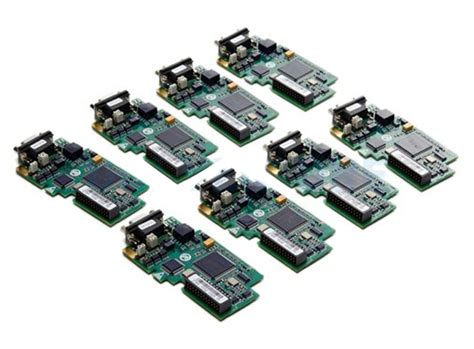
Adaptive Robotics Enhancing Assembly Precision
Modern PCB assembly and PCBA processes demand unprecedented accuracy, particularly in low-volume production where manual adjustments are impractical. Adaptive robotics address this challenge through real-time feedback loops and machine vision systems that detect micron-level deviations. These systems dynamically recalibrate tool paths, ensuring components like surface-mount devices (SMDs) align within ±0.01mm tolerances—critical for high-density PCBA boards. By integrating force-torque sensors, robots adapt grip strength during delicate operations, minimizing damage to fragile substrates while maintaining throughput.
A key advantage lies in their ability to handle mixed-product batches without retooling delays. For instance, a single adaptive robotic arm can switch between soldering connectors and placing ICs in PCB assembly lines by cross-referencing digital twin models. This flexibility reduces setup times by up to 70% compared to fixed automation, aligning with the cost-efficiency goals of small-batch manufacturing. Advanced algorithms further optimize motion trajectories, cutting cycle times while enhancing repeatability—a balance previously unattainable in traditional systems.
Such precision-driven automation not only slashes error margins but also enables tighter quality control loops. Real-time defect analytics feed back into robotic controllers, enabling self-correcting workflows that preemptively address issues like solder bridging or misaligned pins. This proactive approach ensures even niche PCBA projects meet industrial-grade reliability standards, bridging the gap between prototype agility and mass-production consistency.
Conclusion
As industries evolve toward more customized production demands, smart automation proves indispensable in optimizing small batch assembly processes. The integration of flexible robotics and modular systems enables manufacturers to address precision and scalability challenges inherent in low-volume workflows. For specialized applications like PCB assembly (PCBA), adaptive technologies ensure rapid reconfiguration between product variants while maintaining stringent quality standards. By leveraging AI-driven analytics, these systems minimize downtime through predictive maintenance and real-time adjustments, directly enhancing cost efficiency. The strategic use of IoT-enabled tools further bridges gaps in traceability, critical for industries requiring rigorous compliance. Ultimately, the convergence of smart automation and adaptive robotics creates a foundation where even niche production lines achieve industrial-grade reliability. As manufacturers adopt these innovations, the barriers between high-mix, low-volume, and mass production continue to dissolve, unlocking new possibilities for agile, future-ready operations.
FAQs
How does automation benefit low-volume PCB assembly processes?
Automation enhances precision and repeatability in PCBA manufacturing, even for small batches. Flexible robotic systems can be reprogrammed rapidly, reducing setup times by up to 70% while maintaining tolerances below 0.1mm.
Are modular systems cost-effective for variable production demands?
Yes. Modular automation allows manufacturers to scale PCB assembly lines incrementally. For example, adding vision-guided robots or smart conveyors only when needed cuts upfront costs by 30–50% compared to rigid, full-scale systems.
Can AI improve quality control in PCBA for small batches?
AI-driven inspection tools analyze solder joints, component placement, and circuitry in real time. This reduces defects by 25–40% and adapts to design changes faster than manual checks, ensuring consistency across limited-run projects.
What role do collaborative robots play in compact assembly workflows?
Collaborative robots (cobots) work alongside technicians to handle repetitive tasks like component insertion or testing. Their adaptive grippers and force-sensing capabilities minimize errors in PCB assembly, even with frequent product rotations.
Ready to Optimize Your Small Batch Assembly?
For tailored PCB assembly solutions that balance flexibility and precision, please click here to explore advanced PCBA automation options designed for low-volume, high-mix production.


